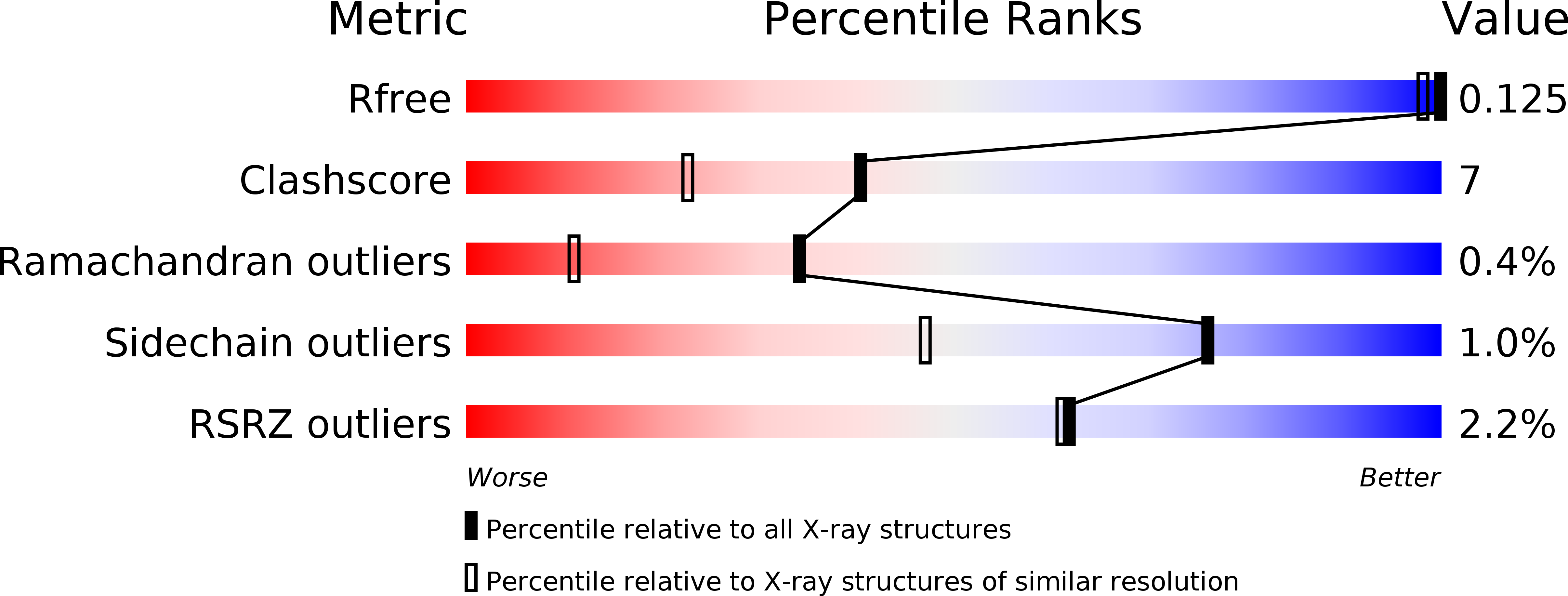
Deposition Date
2019-09-10
Release Date
2020-09-16
Last Version Date
2024-11-20
Entry Detail
PDB ID:
6UAI
Keywords:
Title:
Imidazole-triggered RAS-specific subtilisin SUBT_BACAM complexed with YSAM peptide
Biological Source:
Source Organism:
Bacillus amyloliquefaciens (Taxon ID: 1390)
Homo sapiens (Taxon ID: 9606)
Homo sapiens (Taxon ID: 9606)
Host Organism:
Method Details:
Experimental Method:
Resolution:
1.20 Å
R-Value Free:
0.12
R-Value Work:
0.10
R-Value Observed:
0.11
Space Group:
P 41 21 2


